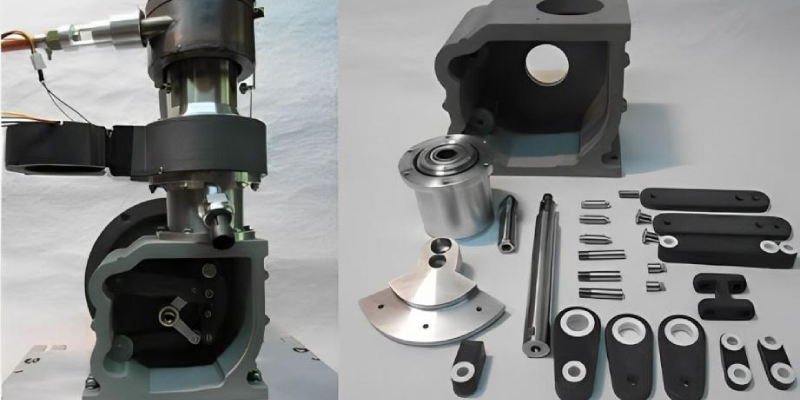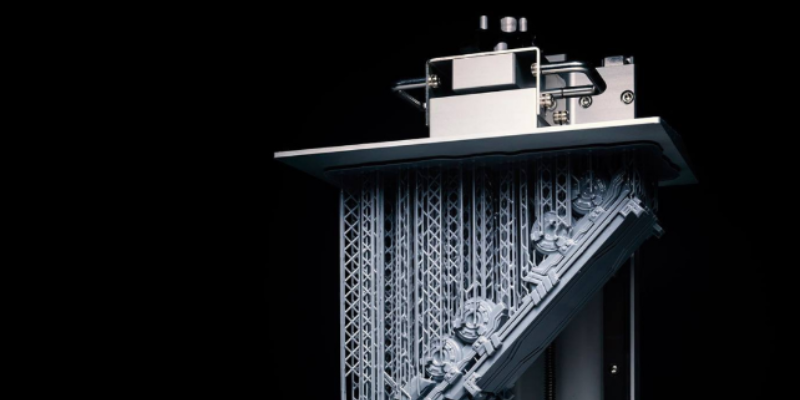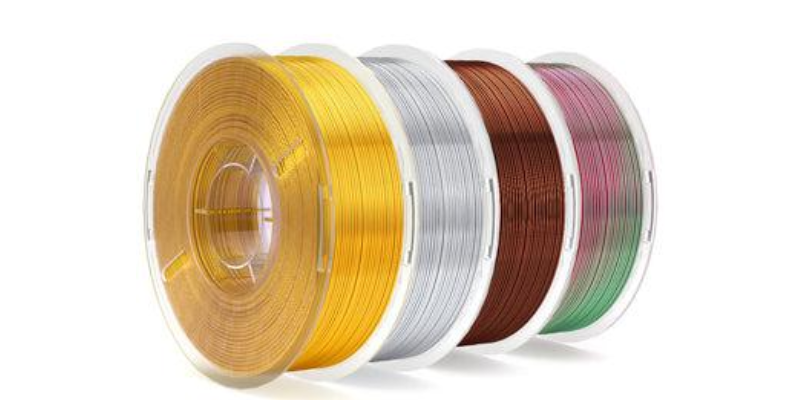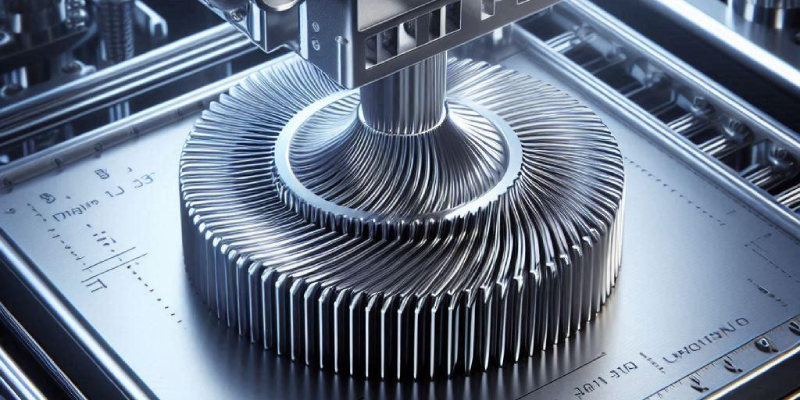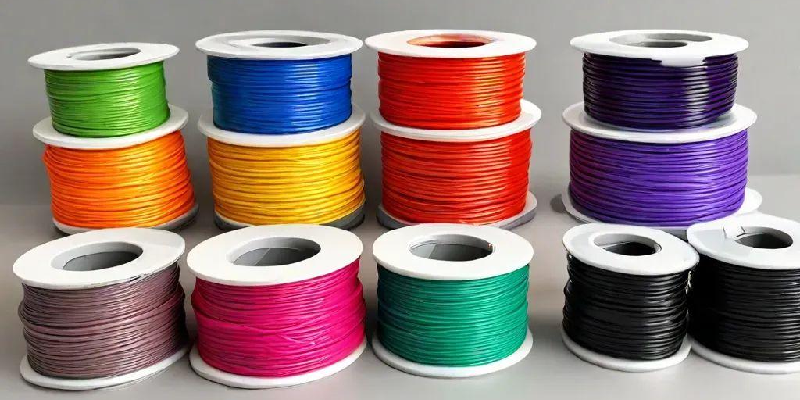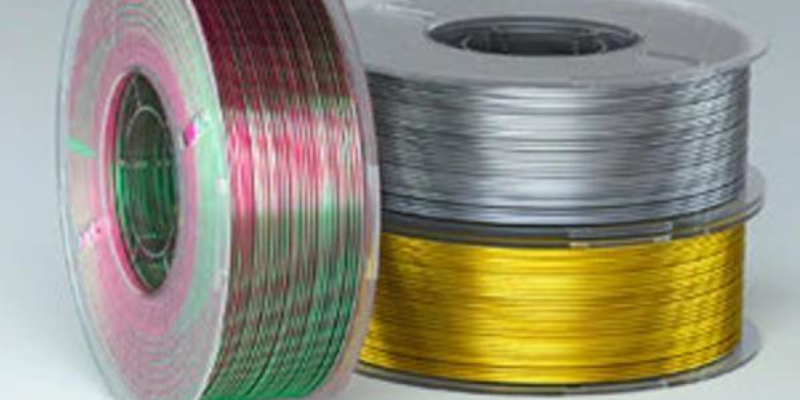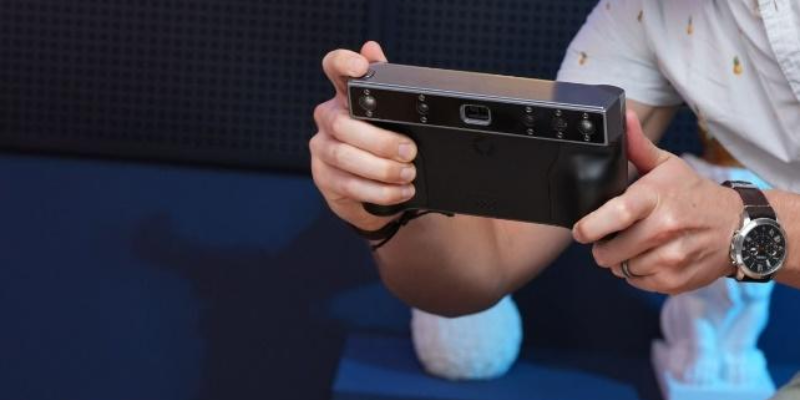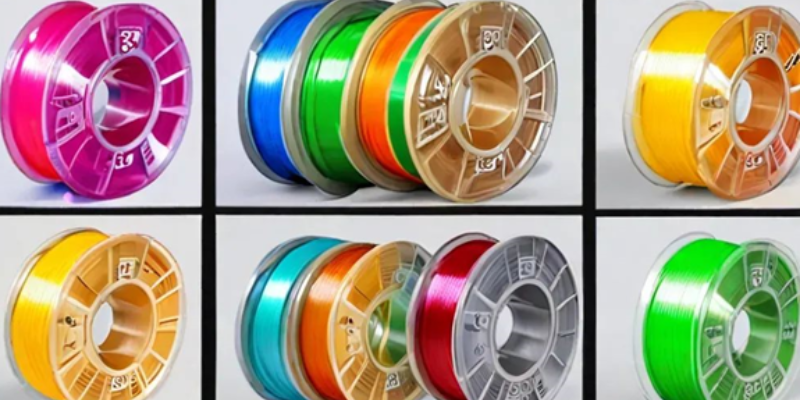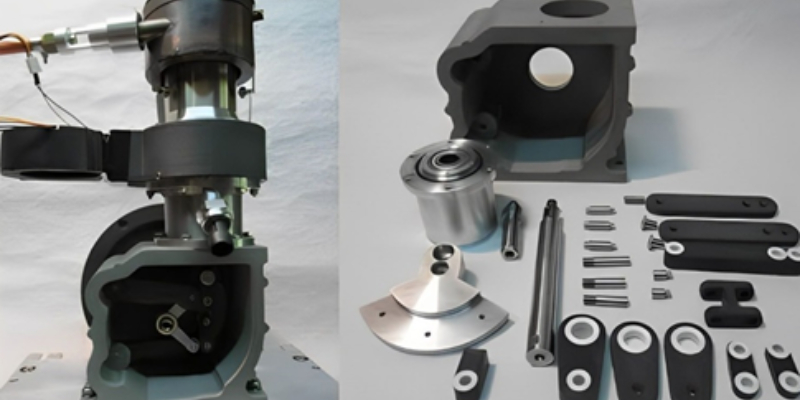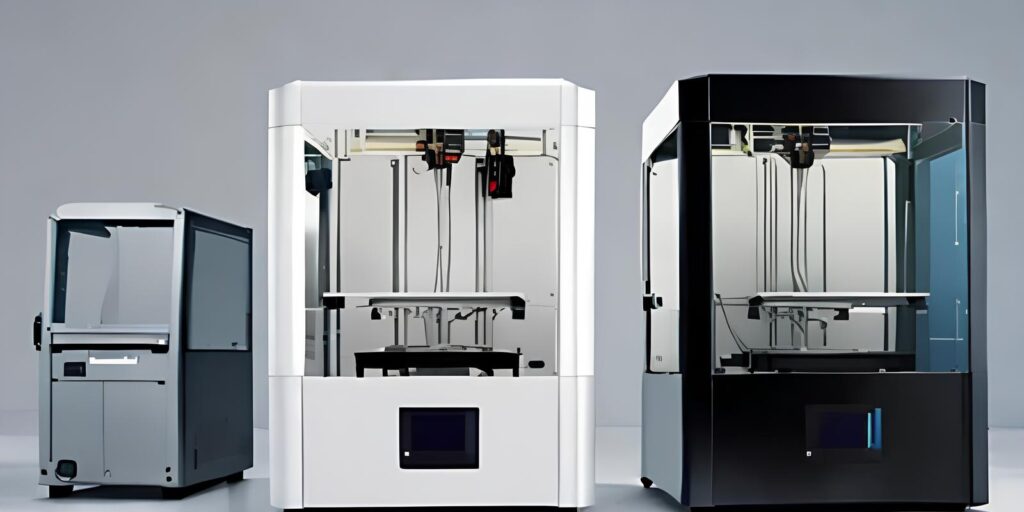PLA filament is popular in the 3D printing community for its ease of use and eco-friendliness. However, it can become brittle over time, impacting print quality and leading to frustrating filament breaks. This blog will explore why PLA filament becomes brittle, how environmental conditions like humidity contribute to this issue, and practical solutions to prevent and fix brittleness. We’ll also discuss the benefits of using silk PLA filament for durable, eye-catching prints.
What Causes PLA Filament to Become Brittle?
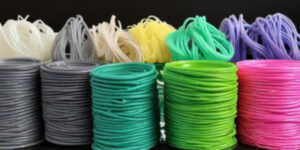
PLA (polylactic acid) filament is a go-to material for 3D printing, valued for its eco-friendly, biodegradable properties and ease of use. However, over time, users may find that their PLA filament becomes brittle, which can lead to broken strands and failed prints. PLA filament is naturally sensitive to environmental factors. When exposed to moisture, air, and fluctuating temperatures, it can lose flexibility and strength, becoming prone to snapping.
Here’s why this happens:
1. Moisture Absorption
A significant factor that leads to PLA filament brittleness is moisture absorption. PLA is hygroscopic, which means it absorbs moisture from the surrounding air. Once this moisture penetrates the filament, it disrupts the polymer structure, reducing flexibility and increasing the chance of filament cracking. Humid environments exacerbate this issue, making effective storage vital for maintaining filament integrity.
Prevention Tip: Store PLA filament in a sealed, humidity-controlled container with desiccant packets, such as silica gel, to prevent moisture absorption.
2. Heat Sensitivity
Compared to other 3D printing materials, PLA has a relatively low melting point. Exposure to high temperatures, either during printing or in storage, can soften the filament. Once cooled, it often hardens in a more brittle state, making it prone to snapping during subsequent use.
Prevention Tip: Keep PLA filament away from direct sunlight and high-temperature areas. Store it in a cool, stable environment to prevent unwanted softening.
3. UV Light Exposure
Prolonged exposure to UV light can weaken PLA filament by breaking down the chemical bonds in its structure. This degradation not only causes the filament to become brittle but can also lead to discoloration and weakened mechanical properties, reducing the quality of printed items.
Prevention Tip: Use opaque, UV-blocking containers to store filament and protect it from light exposure, preserving its strength and integrity.
4. Mechanical Stress
Handling PLA filament without care can introduce mechanical stress. Bending, stretching, or over-tightening the filament when loading or unloading it can create micro-fractures, which accumulate over time and increase brittleness.
Prevention Tip: Be mindful when loading and unloading filament. Avoid unnecessary bending and use filament clips to secure it without adding stress.
5. Quality of Filament
The quality of PLA filament directly impacts its longevity and brittleness. Low-quality or inconsistently manufactured filament may have structural flaws, making it more prone to snapping. Investing in high-quality PLA filament can significantly reduce the risk of brittleness and improve print durability.
Prevention Tip: Choose reputable brands known for producing high-quality PLA filament to ensure consistent performance.
6. Color Additives
Color additives used to achieve different filament shades can sometimes affect its mechanical properties. Depending on the type and quantity of additives, some colored PLA filaments may be more susceptible to brittleness than others.
Prevention Tip: If you’re experiencing brittleness with a particular color, experiment with different brands to see if others offer greater durability without sacrificing strength.
7. Aging
PLA filament naturally degrades over time, even when stored properly. This aging process can weaken its structure, making it more prone to breaking. Regularly checking the condition of stored filament and keeping track of its age can help prevent using compromised material.
Prevention Tip: Use older filament spools first to prevent waste, and inspect stored filament periodically for any signs of aging or brittleness.
How to Fix Brittle PLA Filament
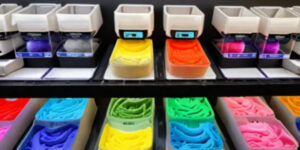
Brittle PLA filament is a frequent challenge for 3D printing enthusiasts, often leading to broken strands, wasted material, and frustrating print failures. Understanding how to effectively address this problem can save you time, reduce filament waste, and improve your printing results. This guide covers the best techniques to restore flexibility to brittle PLA filament, with practical tips on how to prevent brittleness in the future.
Here are several tried-and-true methods to restore brittle PLA filament to its original flexibility:
1. Dry the Filament
One of the most effective ways to restore flexibility is by removing moisture. Try these options:
- Food Dehydrator or Oven: Place the filament in a food dehydrator or preheated oven set below 45°C (113°F). Allow it to dry for several hours, carefully monitoring the temperature to avoid melting or warping.
2. Heat the Entire Filament Roll
Another method involves heating the entire roll gently to remove moisture.
- Oven Method: Set the oven to 50°C (122°F) and place the filament roll inside for 1–2 hours. Monitor closely and check for flexibility periodically by gently bending the filament.
- Caution: Overheating can cause permanent damage, so it’s important to keep the temperature low and monitor the process carefully.
3. Use a Filament Dryer
For frequent users, investing in a filament dryer can be a game-changer. Filament dryers are designed to maintain precise temperatures to remove moisture effectively, ensuring the filament remains in top condition and reducing the risk of brittleness.
Benefits: A filament dryer offers convenience and consistency, especially if you work with different types of PLA, including silk PLA filament, which may require specific care to retain its glossy finish.
4. Adjust Printing Parameters
Sometimes, optimizing your printer settings can compensate for minor brittleness in PLA filament.
- Increase Nozzle Temperature: Slightly raising the nozzle temperature can improve filament extrusion, helping achieve smoother layers even if the filament has minor brittleness.
- Reduce Fan Speed: Lowering the fan speed can prevent premature cooling, which is especially useful for brittle filament sections.
These adjustments can help prevent snapping during printing, reducing print failures.
5. Store PLA Filament Properly
Proper storage is essential for preventing moisture absorption, a primary cause of PLA filament brittleness.
- Humidity-Controlled Storage: Keep PLA filament in vacuum-sealed bags or airtight containers with desiccant packets to absorb any residual moisture.
- Cool, Dark Environment: Store filament in a dry, shaded location to avoid exposure to UV light, which can also degrade PLA’s mechanical properties.
6. Cut off Brittle Sections
If only a small portion of the filament is brittle, consider trimming the affected section.
- Minimize Waste: Cutting off the brittle sections allows you to use the remaining flexible filament, minimizing material waste.
How to Properly Store PLA Filament to Avoid Brittleness
PLA (Polylactic Acid) filament is a go-to material in 3D printing, prized for its ease of use and eco-friendliness. However, PLA can become brittle over time, which may lead to print failures, wasted material, and compromised print quality. To help you get the most out of your PLA filament, here are some expert tips for preventing brittleness and extending its lifespan.
1. Store PLA Filament Properly
Proper storage is the first line of defense against PLA filament brittleness. PLA is hygroscopic, meaning it absorbs moisture from the air, which can lead to degradation and brittleness over time. Storing it correctly can preserve its quality for longer.
- Cool, Dry Environment: Keep your PLA filament in a cool, dry, and dark place, away from direct sunlight and humidity.
- Airtight Containers: Use resealable bags or airtight containers with silica gel desiccants to absorb any residual moisture.
- Storage: Storage temperatures between 10°C to 30°C (50°F to 86°F) to prevent heat damage, and avoid exposing filament to ambient humidity by sealing containers tightly after each use.
2. Handle PLA Filament Carefully
How you handle PLA filament during loading, unloading, and storage can significantly impact its durability. Rough handling can cause microcracks and stress points that lead to brittleness.
- Gentle Loading and Unloading: Be cautious when inserting or removing filament to avoid unnecessary bending or pulling.
- Use Filament Guides: Proper guides prevent tangling and snagging, reducing filament stress as it feeds through the printer.
3. Use a Filament Dryer
If you’re in a humid environment, a filament dryer is a valuable investment. These devices are designed to remove absorbed moisture from PLA filament, enhancing its strength and flexibility and ensuring consistent print quality.
- Drying Best Practices: Follow the manufacturer’s instructions for optimal drying temperatures and duration.
- Monitor Humidity Levels: Keep an eye on the humidity in your storage area, especially if your environment is prone to high humidity.
4. Adjust Printing Parameters
Fine-tuning your 3D printer’s settings can also help minimize the brittleness of PLA filament. Adjustments in temperature and fan speed can reduce thermal stress and improve layer adhesion for more durable results.
- Increase Nozzle Temperature: Printing at slightly higher temperatures improves filament flow, reducing breakage risks.
- Reduce Fan Speed: Lowering the fan speed can prevent rapid cooling, which is helpful for avoiding brittleness in prints.
5. Inspect Filament Regularly
Make it a habit to inspect your PLA filament before each use. Look for signs of brittleness, such as discoloration or rough texture. Using compromised filament can lead to inconsistent prints and machine clogs.
- Track Filament Age: Maintain a log of your filament stock to keep track of how long each spool has been in storage.
- Separate Old Stock: Store older filaments in a designated area to prevent accidental use, and prioritize these for non-critical prints.
6. Bake the Filament to Remove Moisture
If you suspect moisture has seeped into your filament, “baking” it at a low temperature can help restore its quality. Baking can be done in a low-temperature oven, around 50°C (120°F), for a few hours.
- Monitor Temperature: Watch the oven closely to avoid overheating or warping the filament.
- Even Heat Distribution: Arrange the filament evenly on a baking tray for consistent drying.
7. Consider Alternative Materials
If brittleness is a recurring issue despite your best efforts, it may be worth exploring other materials. Filaments like ABS, PETG, or Nylon may offer better flexibility and durability for certain projects, making them more suitable for longer-term storage.
- Research Material Properties: Each material has unique properties that affect strength, flexibility, and ease of use. Consider these factors before making a switch.
- Adjust Printer Settings for New Materials: Different filaments require specific print temperatures, bed adhesion, and other settings, so be mindful of these adjustments.
Using Silk PLA Filament for a Stronger, Shinier Finish
Silk PLA filament offers an excellent alternative for those looking for added durability and aesthetic appeal. It’s designed to produce a shinier, smoother finish, making it ideal for decorative projects. Additionally, silk PLA filament is typically more flexible than regular PLA, reducing the risk of brittleness.
Silk PLA is also less hygroscopic, meaning it absorbs less moisture and is more resistant to environmental factors that can cause brittleness. This makes it a preferred choice for intricate designs that require both durability and a glossy finish.
By understanding the factors that cause PLA filament to become brittle and implementing proper storage, drying, and handling practices, you can extend the life of your filament and achieve consistent, high-quality prints. For those seeking a stronger and more visually appealing option, silk PLA filament is an excellent choice.

